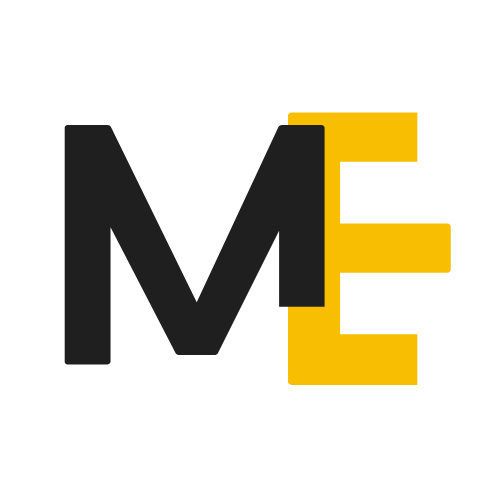From AI Frontiers to Global Strategy: How HR Leaders Are Tackling 2025’s Biggest Challenges
Last month, ModelExpand had the pleasure of hosting an intimate dinner in New York City, bringing together People Executives from the area. It was a chance to unwind, connect, and share insights about what’s on the horizon for our respective companies and clients. Representing organizations with fewer than 2,000 employees—many navigating milestones like going public or preparing for their next funding round—the discussions were both candid and inspiring. While we wish you could have joined us for the great food and wine, we’re excited to share some of the key themes that emerged:
1. AI in HR: Navigating the New Frontier
The integration of AI in HR practices was likened to a "Wild West" scenario. While exciting new tools are emerging, there's a strong emphasis on responsible, bias-aware adoption. Despite AI's promise, leaders underscored the continued importance of human oversight, especially as policies and safeguards around AI use are still in development. Some impactful new software mentions that set out to do this work included Metaview (an AI-driven recruiting tool) and Alphy (An AI-powered interview note-capture system).
2. Aligning HR with Business Strategy
2025 planning is already underway, with a focus on business alignment. Many of us shared the importance of aligning HR metrics with strategic company goals, ensuring HR is not only at the table but actively driving discussions that reflect core business priorities. Data-driven reporting is key to reinforcing HR’s strategic role.
3. Going Global: A New Lens on People Strategy
As companies expand globally, managing diverse teams across regions and cultures presents unique challenges. In response, we discussed how fostering trust and psychological safety remain central to cross-cultural connection in addition to the potential to use AI as an aid for generating culturally sensitive feedback.
4. Building Recruiting Infrastructure with Intent
Talent Acquisition teams must view themselves as strategic partners. Traditional metrics like cost-per-hire and time-to-fill have their place, but true alignment comes from understanding the long-term skill fit and quality of hires. Leaders are exploring new and creative methods, such as six-month post-onboarding assessments to gain meaningful insights into hiring quality after onboarding:
5. Managing Generational Expectations
With Gen Z's expectations for rapid career growth, HR leaders are focusing on transparency with clear career frameworks and tools like Progression.fyi and Pave to align expectations across generations and to support managers in compensation and growth conversations.
6. Cultivating Culture in Hybrid Environments
The reality of low return-to-office rates is setting in, with leaders acknowledging that business goals are being met without mandating office attendance. Hybrid and remote models are here to stay, with a focus on finding sustainable ways to maintain culture and connection using engagement metrics and testing new strategies.
Looking Ahead
We extend our heartfelt thanks to all who joined us. This dinner reaffirmed the importance of staying connected as an HR community, and the insights shared will continue to shape ModelExpand's work as we help clients navigate the complexities of today's talent landscape.
About ModelExpand
ModelExpand is a talent advisory firm that transforms your recruiting function into a strategic advantage. We work alongside your team to design and implement scalable infrastructure to help growing companies hire better, faster, and more inclusively. Contact us to learn more.




